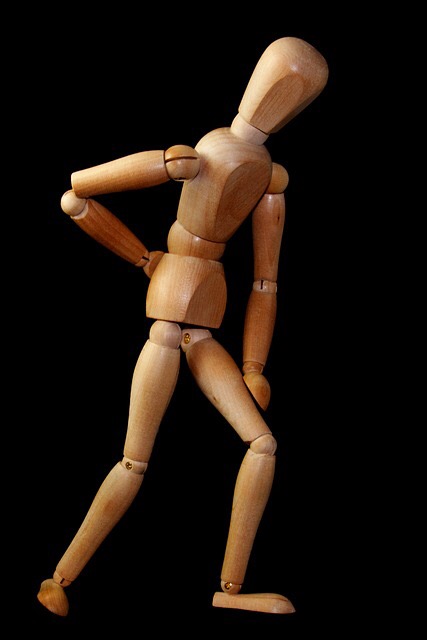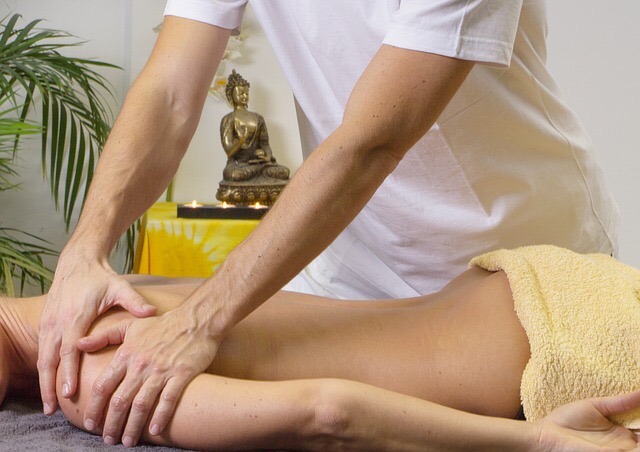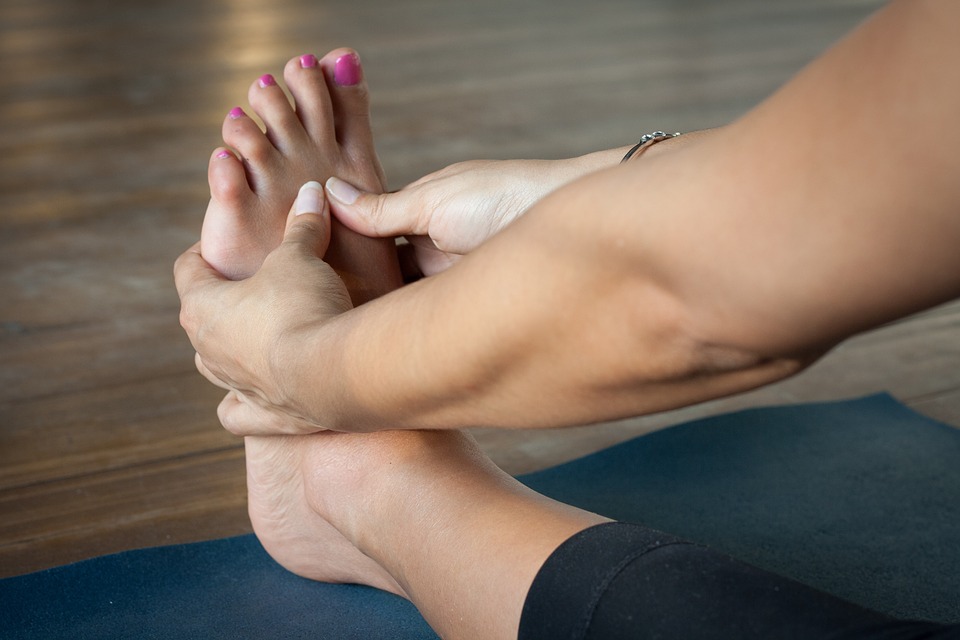Blog
The Many Benefits of Chiropractic for Athletes
Chiropractic’s role for athletes across the world
The Olympics is an unparalleled coming together of athletic accomplishment that celebrates the role of exercise in the human experience. Each of these athletes has pushed to the very top of their sport through a combination of natural ability, discipline and the pursuit of perfection. Along the way, athletes are looking for every natural advantage they can get, and chiropractic answers that call with natural treatment modalities that optimize the coordination of body and brain. Read on to find out how chiropractic answers the call of athletes all across the world.
Chiropractic Means More Comfort During Pregnancy
Pregnancy is a time of upheaval for your spinal health
Back pain is ubiquitous among pregnant women. During a time of great expectation and near-constant physiological and psychological change, the last thing you need is the accompaniment of pain. Yet still, as your child continues to grow, so to does the back pain. At Holmes Chiropractic, we are motivated by the idea that your pregnancy doesn’t have to be notable for its back pain. We use natural, pregnancy-specific modalities to help reduce pain, increase comfort and boost your chances of a successful pregnancy, free of medical intervention.
Chiropractic Improves Oxygenation of the Entire Body
Better circulation makes you look, feel and function better
It is not to be underrated: ensuring that every cell in the body gets a constant flow of oxygen and nutrients is the best way to feel well. Oxygen is an essential component of cellular respiration, the process by which our body rebuilds, repairs and maintains. So the only question remaining is: why do so many of us forego the circulation we deserve. Our lifestyles often acquire bad habits that harm our circulation, many of which become engrained to the point of subconscious:
- Chronic shallow breathing
- Chronic poor posture
- Lack of exercise
- Insufficient hydration
- Poor diet
When our circulation is inhibited, we simply suffer. Read on to find out about increasing oxygenation throughout the body with chiropractic.
Ignoring Back Pain is No Answer
Why are we so skilled at ignoring back pain?
Perhaps the answer is that we are too busy for back pain. Compare back pain to other conditions: the effect of an acute injury like a broken finger is immediately tangible- it may actually prevent you from performing a given task; a migraine tends to steamroll all other tasks, consuming your attention as the pain centers in your head; back pain, however, is not like these other injuries, at least at first. Back pain tends to start slow- an ache in the lower back, stiffness in the neck- and bide its time until it blooms into something much worse.
Why More Athletes are Choosing Chiropractic
Performance-boosting therapy
If success in your sport is determined by fine margins, reaction times are crucial. Even a 10% reduction in your muscles’ response times can make the difference between first and second, or a personal best. At Holmes Chiropractic, we further measure the efficacy of chiropractic‘s role in athletic performance by observing improvement in measures of importance to the athlete. These areas of importance include:
- Range of motion
- Response time
- Blood flow
- Recovery times between workouts
- Injury prevention
Chiropractic’s role in reducing back pain, optimizing the nervous system and improving range of motion in all ages is well known. This blog will demonstrate chiropractic’s expanding role in aiding athletic performance.
Chiropractic is Dynamic Health Care
Chiropractic is a health care system
Traditionally, spinal adjustment (or manipulation) was the bread and butter of the chiropractor’s office. Our form of healthcare believes that the function of your spine informs the way your body feels. Thus, chiropractic adjustment, which seeks to maintain alignment of the spine and proper functioning of the nervous system, is a central modality for maintaining wellness and keeping pain at bay. However, chiropractic is far from stuck in the past; in fact, it is a truly modern healthcare system that moves with the times. Given factors that include an aging population, a more sedentary workforce, and the ubiquity of less active forms of entertainment, we are treating more people than ever who are suffering from premature degeneration of the spine. The domino effect that this causes in terms of overall health is exactly why chiropractic care is more important than ever.
Do This at Home: Mobilizing the Spine
A frequent complaint: lack of mobility in the spine
While the upper and lower segments of the spine are designated regions of stability, the middle region, also known as the thoracic spine, is designated as a mobile region. The spinal motion segments in this part of the back are specially engineered for rotation, flexion and extension. In the sense of your spine, movement begets mobility; you need to keep your spine mobile to maintain its mobility. Thoracic spinal mobility has important implications in the functioning of the upper and lower body, and thus maintaining its mobility is of vital importance. Unfortunately, many of the people we help at Holmes Chiropractic come in and exhibit signs of poor mobility in the spine. Poor spinal mobility affects us in myriad ways:
- Restricted range of motion
- Uneven development of supporting musculature
- Lack of coordination between moving parts of the body
- Communication breakdown along a vital pathway of the nervous system
Stop Waiting for Health Problems to Catch Up With You!
2018 is the year to proactively fight for your health
Many of us enter each new year with nagging concerns over our health- a sore back, a growing midsection, more fatigue, less happiness. Each new year, we resolve to do something about it and for a month or so we hold on to this vague newfangled desire for something better. Yet after a few months our resolve weakens and we slip into the same patterns and habits that let us down in the first place. So what’s going to change this year? Having help on your side. Read on to find out how Holmes Chiropractic is your ally in wellness.
2018 Energy Equation: More H2O, Less Caffeine
How bad do you really need caffeine?
Here’s a classic paradox of American society: while some health experts estimate that as many as 75% of Americans are chronically dehydrated, caffeine consumption is on the rise. We are literally ignorning the one ingredient that nourishes every cell in our body while consistently stimulating our central nervous system with a psychoactive drug. In other words, we are ignoring natural energy and choosing fabricated energy. And the list of side-effects that caffeine consumption continues to grow:
- Contributes to sleep disorders
- Stomach irritation
- Headaches due to dependency
- Restlessness, nervousness and anxiety
- Can worsen symptoms of a number of conditions including diabetes, epilepsy and glaucoma
- Contributes to acclerated bone loss by increasing the amount of calcium that is disposed of through urine.
The fact is that everyone’s body interacts with caffeine differently. And while only you know if you are drinking too much caffeine on a daily basis, it is worth asking if you are drinking enough water. H2O, when properly consumed, can also boost energy and may actually help you perform even better than caffeine.
Carpal Tunnel Syndrome: Prevention Techinques
Carpal tunnel is a workplace concern
Carpal tunnel is classic repetitive strain. Office workers spend a significant percentage of their life in front of computers; often the only active parts of the body are the hands and fingers. As more jobs shift into white-collar office scenarios, it’s conceivable that this problem will grow unless we take preventative action. Already, as much as 5% of the working population is thought to suffer from carpal tunnel syndrome.








